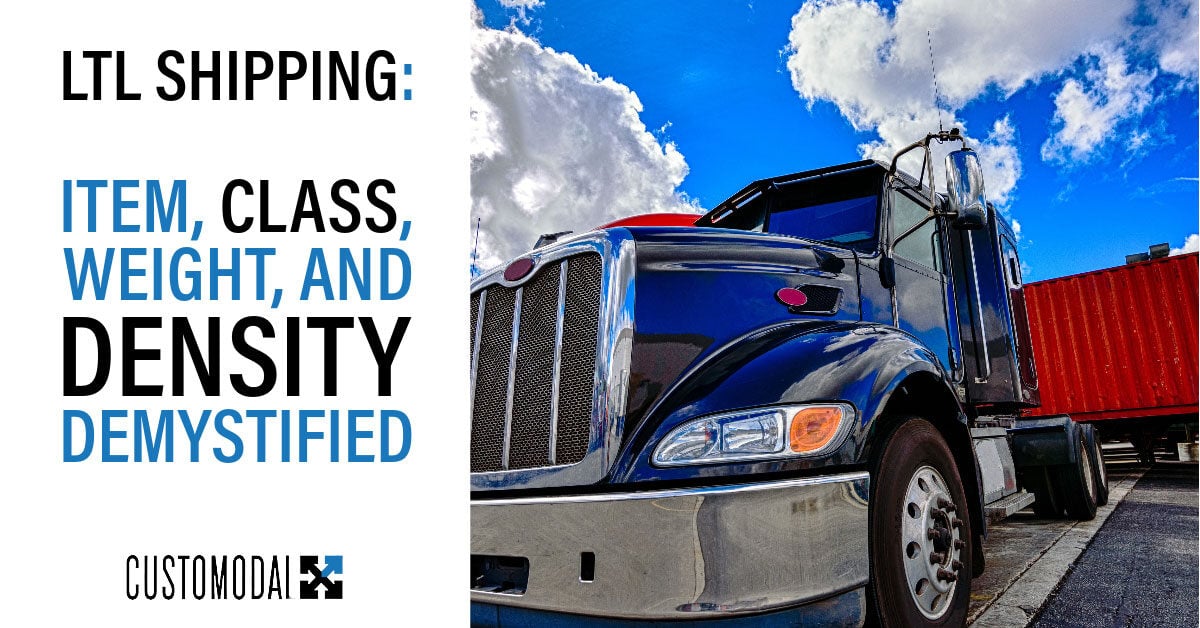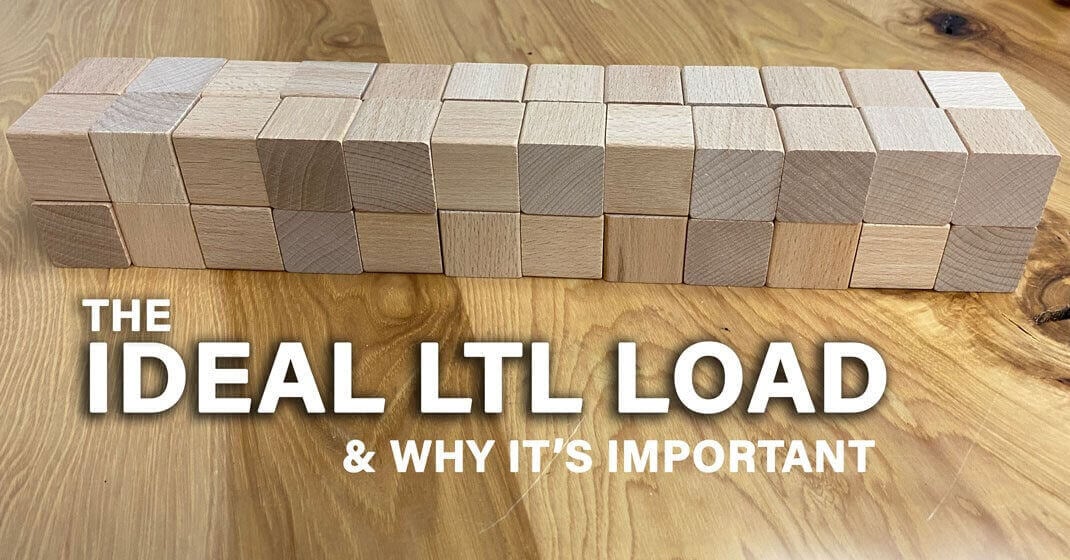How to Calculate Density for LTL Freight Costs
TAGS:
- Blog
- 3pl
- Logistics
- Freight Brokerage
- Inbound Freight
- Digital Freight Management
- Shipping
- supply chain
- Freight Costs
- Outbound Freight
- Technology
- Freight Forwarding
- TMS
- LTL
- Specialized Freight Management
- freight
- Featured
- Freight Savings
- Logistics Planning
- Controlling Costs
- supply chain challenges
- Inbound-Outbound Freight
- Strategic Logistics
- manufacturing
- outbound
- FLEX Outbound Freight
- Tracking
- import
- visibility
- API
- Compliance
- Critical Infrastructure
- EXACT Inbound
- EXACT Inbound Freight
- Freight Cost Tracking
- Outbound Freight Savings
- Precision ROI
- Project-based Logistics
- Vendor Performance
- documentation
- export
- freight claim
- freight management
- inbound freight costs
- incoterms
- meet the team
- ocean freight
- parcel
- save money
- supplychain
- sustainability
- Carrier Selection
- Data Driven
- Digital Freight Brokering
- Freight Claims
- Risk Mitigation
- Turnaround Logistics
- current events
- inbound
- priority1
- recession
- shipping delay
- 4pl
- Analytics
- Critical Freight
- Customs
- Dock Management
- Downtime
- FLEX Freight Control
- Heavy Haul
- International
- SDK
- Strategic Outsourcing
- Uptime
- book review
- canada
- covid 19
- customodal way
- delivery
- digital freight broking
- exports
- freight broker
- ftl
- holidays
- in the news
- logisitics
- mike eberl
- news
- oceanfreight
- packaging
- rates
- save on freight
- save on shipping
- shipping news
- shipping solutions
- small parcel audit
- small parcel refunds
- truckload
- update
- 2022
- 2022 shipping expectations
- Alaska
- Carbon Accounting
- Cold Chain
- Customs Broker
- EXACT
- Electrical Utilities
- Freight Control
- Green Logistics
- Hawaii
- Hazmat
- In-House Fleet vs Virtual Fleet
- Inbound Shipping Skills
- Inventory Management
- JIT
- Jones Act
- LCL
- Midwest
- Oversized
- Puerto Rico
- Reverse Logistics
- air freight
- all risk shippers protection
- asset based
- automated audits
- automated refunds
- avoid extra fees
- benjamin lorr
- broker
- bullwhip
- carmack
- central wisconsin manufacturing
- cheap logistics
- china
- choose local
- cip
- coronavirus
- covid19
- cpt
- ctb
- cybersecurity
- dan hendrickson
- dap
- dayton freight
- ddu
- diy shipping
- double brokering
- e-commerce
- ebol
- exporting
- factoring
- freight damage
- freight jobs
- freightforwarding
- from the forest
- fuel surcharge
- fulltruckload
- glossary
- holiday shipping
- how to switch ltl
- importing
- inboundfreight
- industry 4.0
- insurance
- insurance claim
- last mile
- location
- logistics coordinator
- low cost shipping
- maritimeshipping
- michael standley
- mycarrier
- newsletter
- non-performance refunds
- ocean shipping
- onboarding
- our values
- outboundfreight
- outsource
- overview
- pallet
- pandemic
- parcel audit
- parcel refunds
- parcel shipping
- partnership
- permits
- predications
- purchasing management
- questions
- reshoring
- risk management
- rose george
- routing guide
- save time
- sea freight
- seafreight
- shipment
- shipping 101
- shipping clerk
- shipping costs
- skid
- staff
- standley
- supply chain resilience
- team
- testimonial
- trade show shipping
- transportation
- transportation management
- truck broker
- truckload specialist
- ups shipping
- yellow
Recent Articles
Related Articles
LTL Shipping Explained Navigating the intricacies of LTL (Less Than Truckload) rates involves a delicate interplay among several factors. For both...
Read More >
Oct 2023
Your LTL carriers are asking you for more freight; but when you give them some of your large shipments….surprise! A big surcharge appears on your...
Read More >
Oct 2020
Customodal CEO Explains The Ideal Load for an LTL Truck and Why It’s important to have the ideal shape of your freight if possible. The ideal load...
Read More >
Sep 2021





